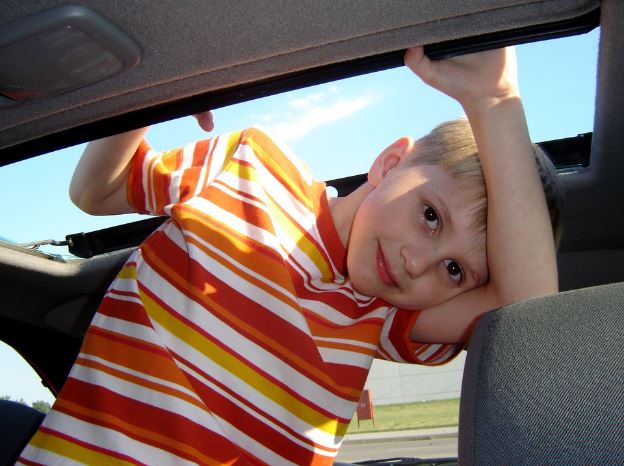Road trips are an amazing way to spend time with your family. You don’t have to wait until you arrive at your travel destination before the fun can begin. Meanwhile, as a family, you can discover more of Australia even while on a budget.

Going someplace long distance can get very tiring very fast, especially when the kids keep asking, “Are we nearly there yet?” To ensure that the trip is as pleasant as possible for all parties involved, it is imperative that you do proper planning.
Preparation is the key to a successful road trip. Here are some tips to help prepare your family for a long road trip.
Get Them to Help Pack
The list of things you need to bring for a road trip can be as long as the trip itself. Essentials include clothes, toiletries, money, and much much more. Additionally, you will need extra gear for your kids.
To make life easier for you, have your children help out. Get them to choose what kind of snacks and toys, for example, they would like to bring along on the trip.
Your kids may remember something you might not, although some of the things they come up with might be ridiculous and hilarious. It is a great learning curve of knowing what to pack, especially if space is limited.
Car Safety
Australia has strict standards for child car safety. What kind of car seat your child requires depends on age, with different regulations in place for newborn children to kids aged 8.
Be sure that your car seating meets the following criteria.
Newborns
For newborns under 6 months, a rearward-facing child car seat must be used, specially fitted for your baby.
6 months – 12 months
From 6 months to 12 months, or up to 30 months , it is recommended that your child continue to use a rearward facing car seat.
Until 4 years
Your child must be using a car seat with a harness. From 6 months a child is legally allowed to go forward facing, whilst harnessed, although as mentioned we would recommend to keep them rearward facing longer.
4 years – 7 years
From 4 to 7 years old, a forward-facing child booster seat is fine, as long as proper restraints are in place, with a harness or seat belt.
7 years +
Only children aged 7 and above can be seated normally with an adult seat belt, but they have to be at least 145 cm in height, so some 7-year-olds are still too small for this arrangement.
Seating Arrangement
While it is common for parents to occupy the front seats, you might want to consider a less traditional approach.
Having a parent in the back with the kids allows you to interact with them directly and come to their aid quickly if necessary. If you have a teenager , having them sit up front as the navigator can also give them a sense of purpose and prevent them from becoming bored.
First Aid Kit
It is always good to keep a first aid kit handy in the car, especially on long-haul drives. A basic first aid kit should already have all that you will need, but it is good to check for some items you cannot go without.
Examples include bandaids, disinfectant and pain medication for children and adults. For kids, it is good to have an ice spray or cold pack. You can also throw in some lollies as a distraction for dealing with a child in pain. Other extras include insect repellent and sunscreen.
Travel Entertainment
This is another thing you can get your children’s help with. Long trips can induce boredom very quickly, so make sure that you have some contingencies to keep everyone occupied.
Books can be heavy and clunky to bring along, so maybe be selective as to what ones you bring. Audio books are a great way to pass the time. Chose something the whole family can listen to and enjoy. Have your kids choose a few movies to pack as well.
Alternatively, a preselected playlist can be helpful. Ideally, you should also prepare some games that kids can play with each other or with you.
Picking Stops
Stops do not have to be just for toilet and food breaks. They can be mini travel destinations on their own.
You can spend some time playing or relaxing with your kids or visiting some interesting places with historical or geographical significance. Make sure that you budget your time well at your stops depending on what is available at each location.
Keep Up Routines
Just because you are on holiday does not mean your kids should not have some kind of routine. Make sure that everyone keeps up with routines as if you are at home. This may seem tedious but will be helpful after you get back home.
Sleep schedules should be kept up, along with small things like getting themselves ready for bed and times for getting up.







